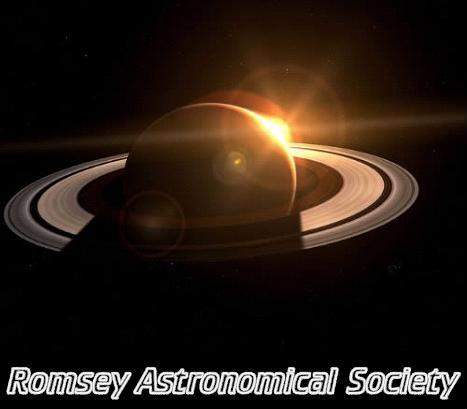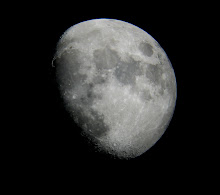Extraordinary Hubble. Some say it is the greatest scientific instrument since the telescope Galileo himself used to study the sky 400 years ago.
Certainly, it is hard to think of another machine that has changed so completely the way our species views its place in the cosmos.
The Pillars of Creation, the Eskimo and Cat's-Eye Nebulas, the Tadpole and Sombrero Galaxies - we all know the pictures even if we're not quite sure precisely what it is we're looking at.
The images fill books, adorn posters, and feature in TV docs and movies - they really are "iconic".

Above: Butterfly Nebula

Above: Carina Nebula
And so here we are again. Hubble 6.0. A repaired, refurbished, revitalised telescope ready to reveal yet more wonders. Nasa's PR machine has been in overdrive to find the pictures that best illustrate the observatory's new capabilities following its fifth and final servicing mission in May. A TV producer came to see me before the announcement to say they were worried that Wednesday's new batch might not be as exciting as past releases. "Don't be," I said. "They'll be spectacular; they always are." And I haven't been disappointed. The picture of the ButterflyNebula, showing the end stages of a star, I predict will become the wallpaper on umpteen computers in the next few days.
For sure, we've been given the "money shots" - the ones that tell US and European taxpayers that their orbiting investment continues to be well spent (remember that Hubble is 15% a European Space Agency mission). But it is some very fuzzy - and on the face of it, pretty dull - pictures that I'm anxiously waiting to see. These will also come via Hubble's new Wide Field Camera 3.

Above: Hubbles view of Jupiter
It has the power to look deeper into the Universe than ever before, to peer at events so far back in time and so faint that their light will be arriving at the telescope's detectors just a few photons at a time. Even before the latest servicing mission, Hubble could spy events occurring a mere 700 million years after the Big Bang, when the Universe would have been just 5% of its present age. "New Hubble" should be able to stretch that vision still further, taking us into an epoch when we think the very first stars and galaxies came into being.
Theory would suggest that the first stars were monsters - more than a hundred times the mass of our little Sun. They would have burned brilliant but brief lives, blowing themselves apart to seed the cosmos with the very first heavy elements. Iron, magnesium, calcium, carbon - the stuff from which we're all made. Who knows? Some of that material could be in our bodies right now.
Can New Hubble see this early action? I hope so.
Astronomy's great "discovery machine" is back in action.

Above: NGC5866

Above: Orion Nebula

Above: NGC6217


No comments:
Post a Comment